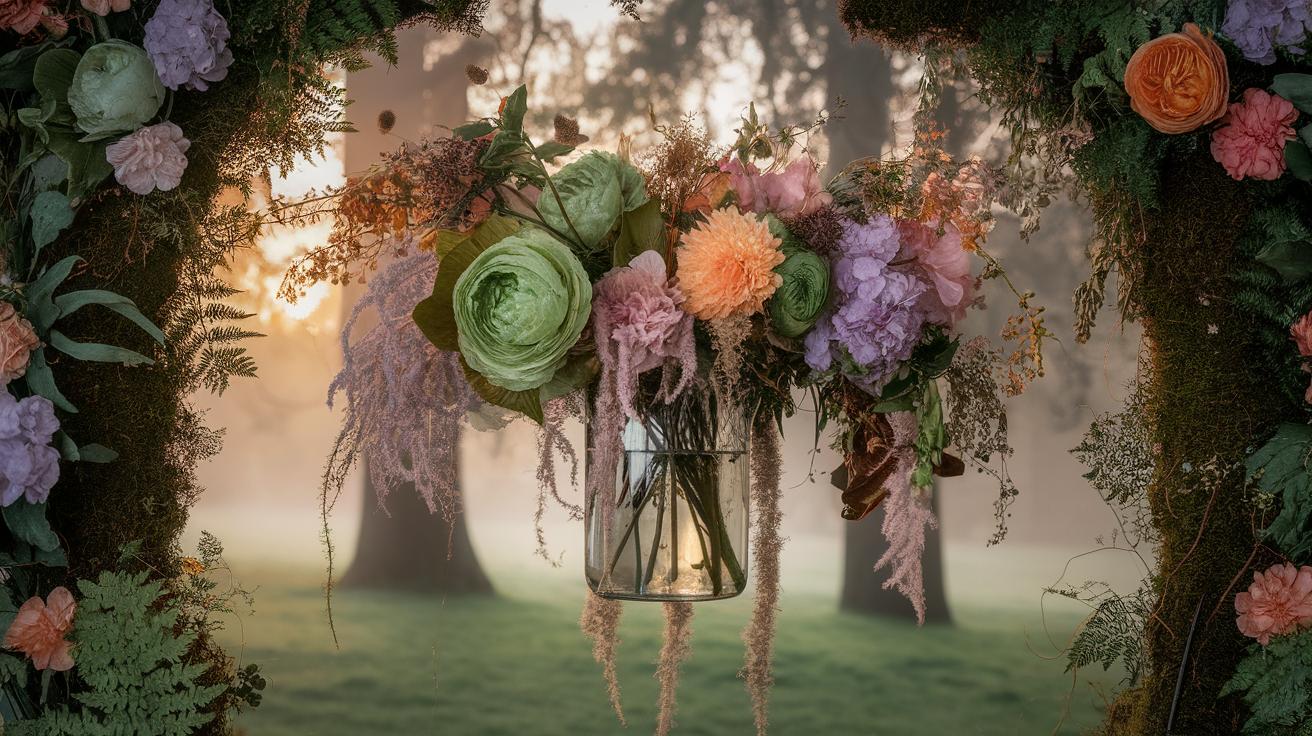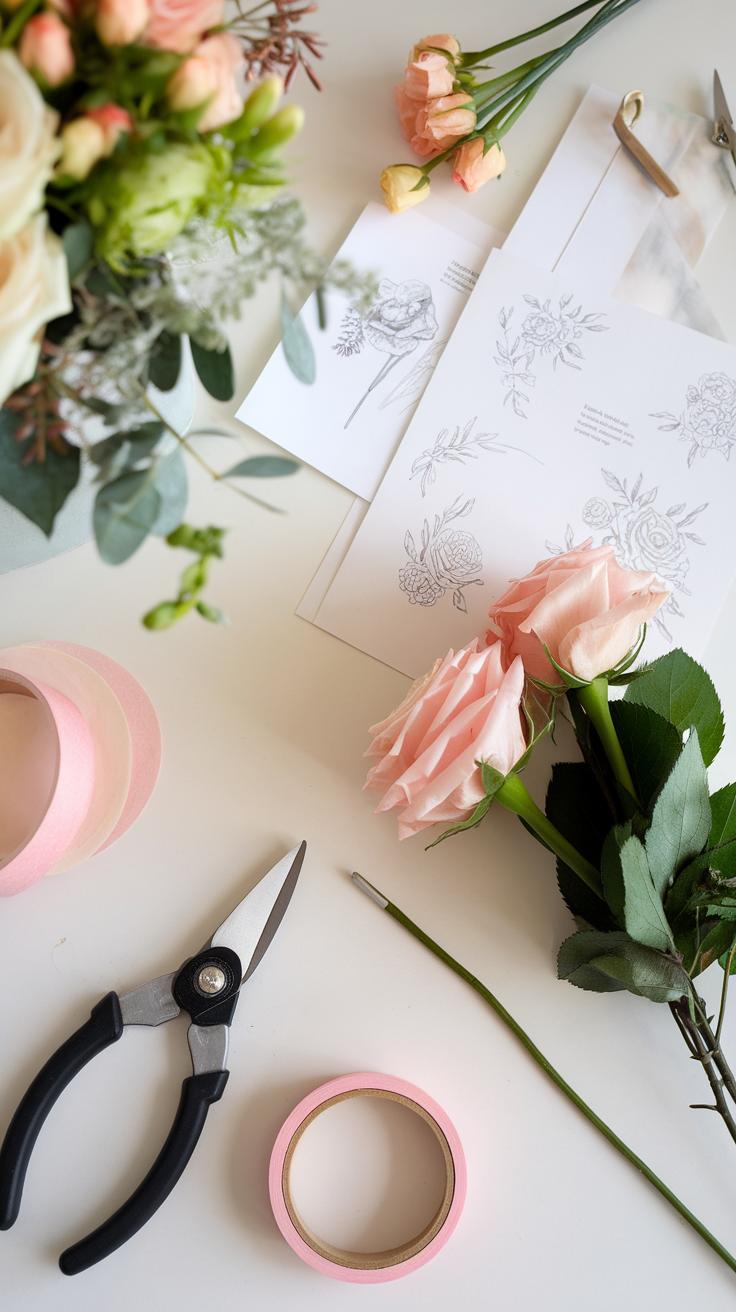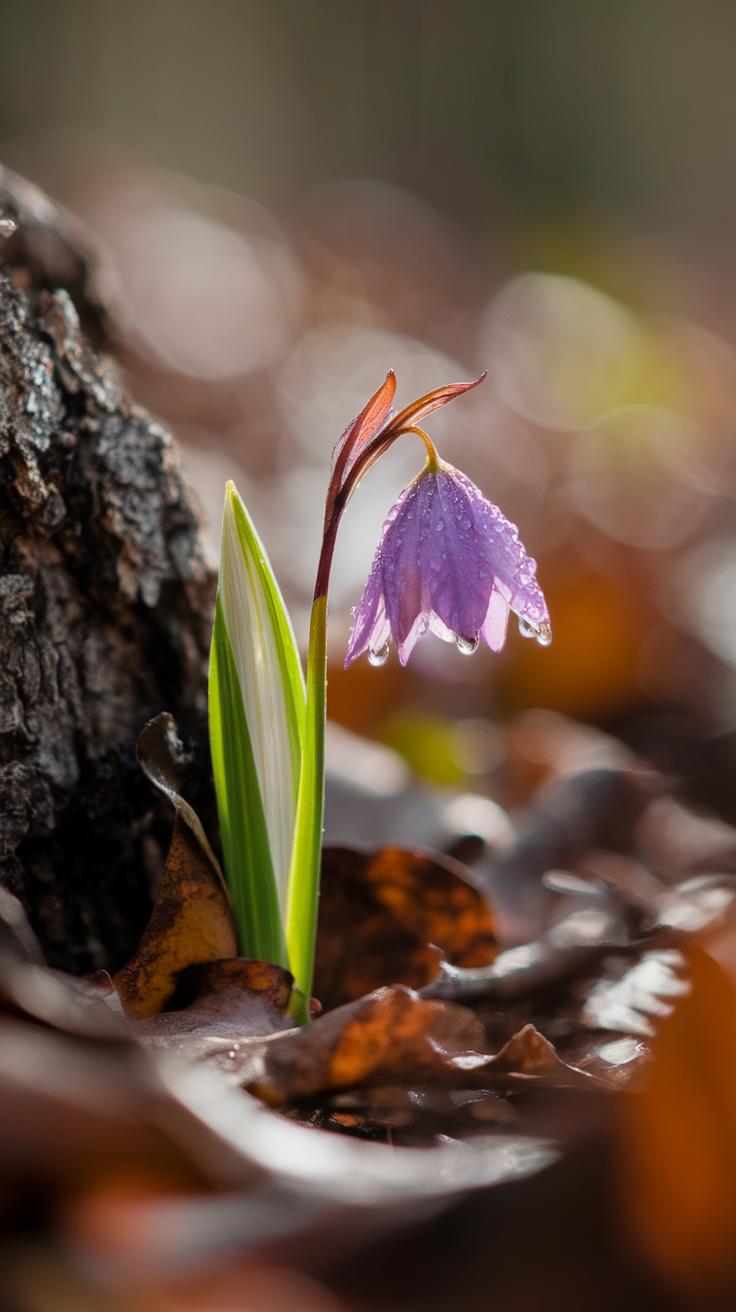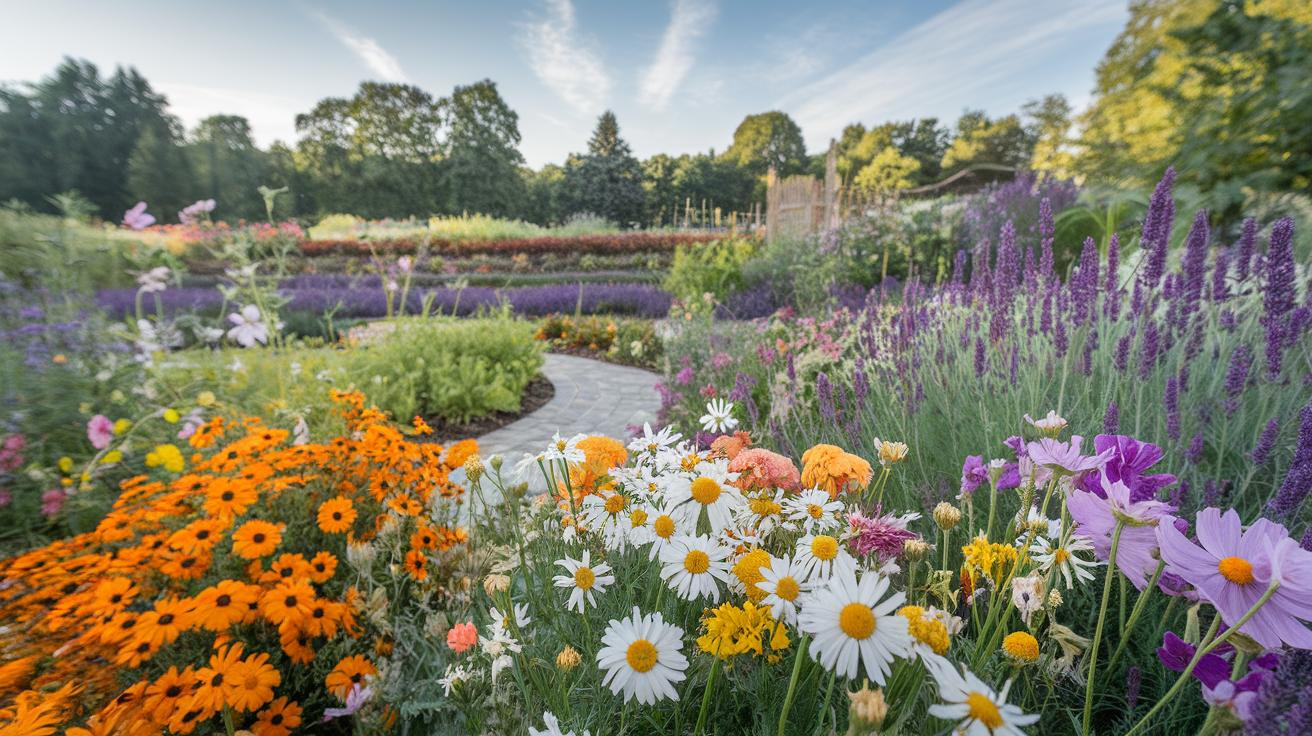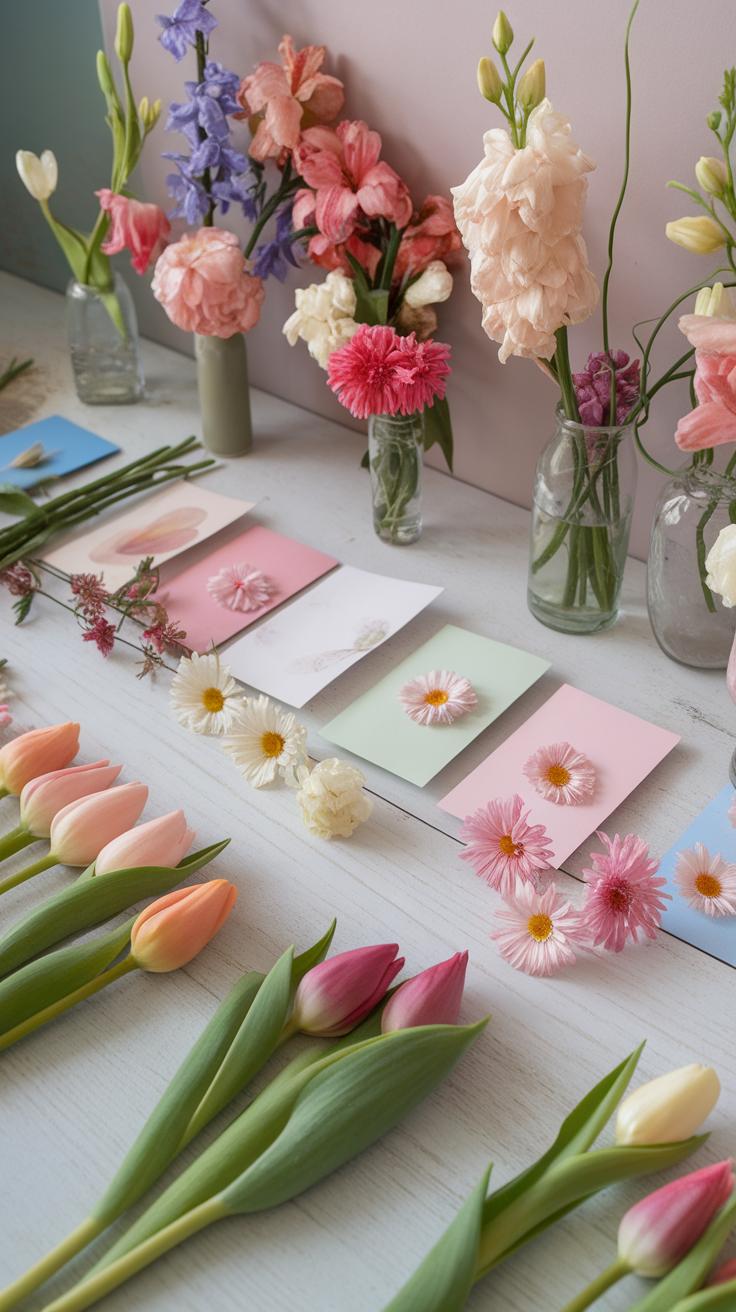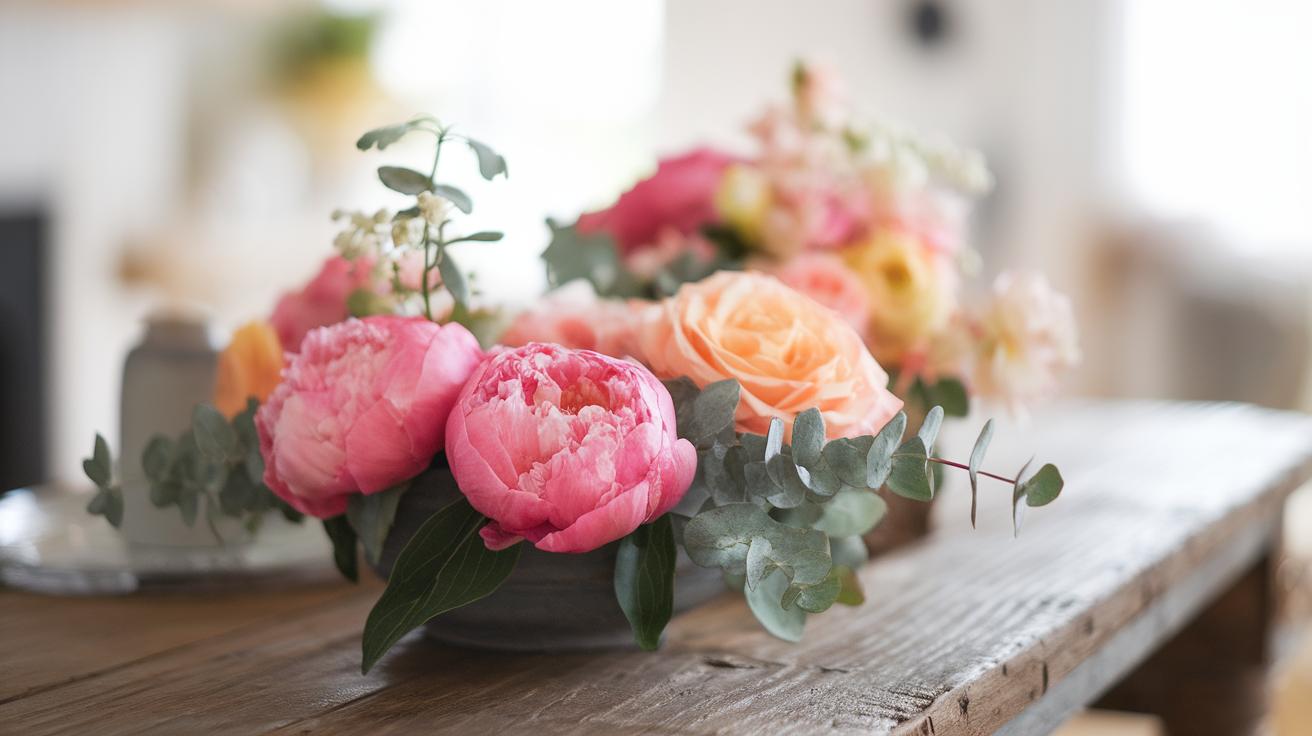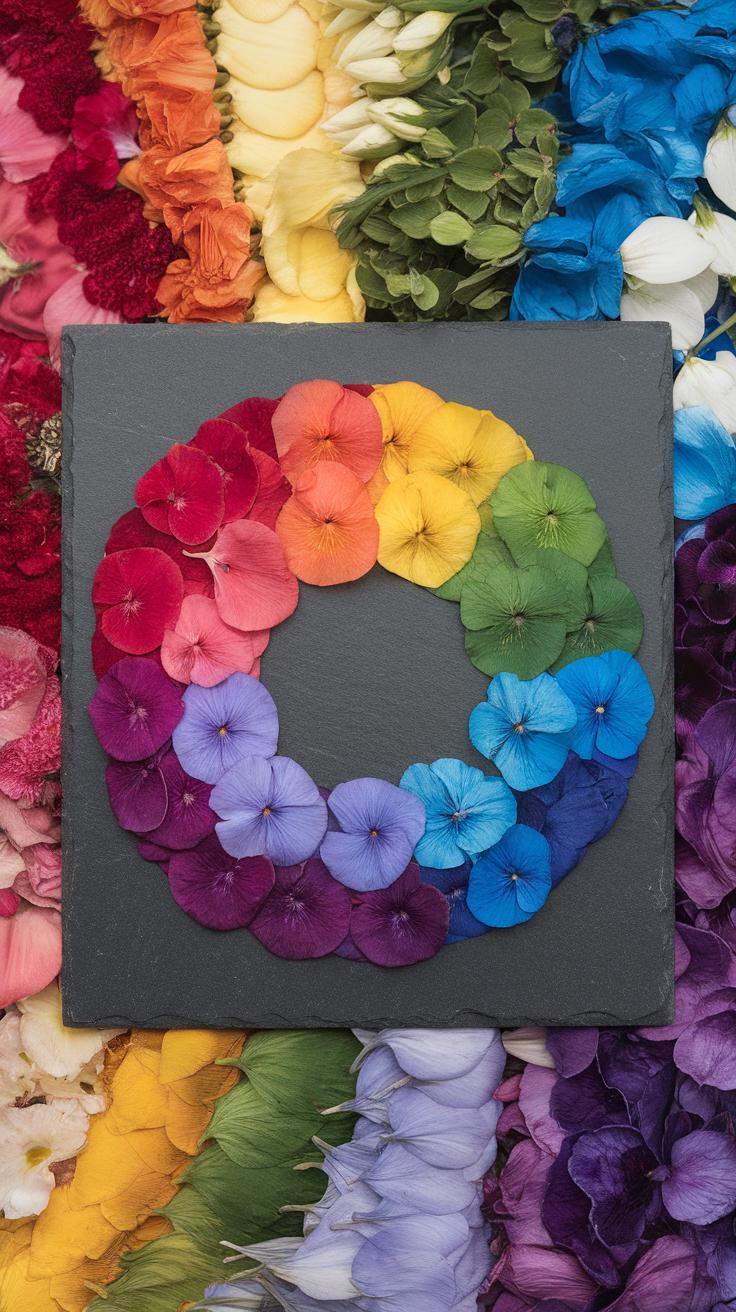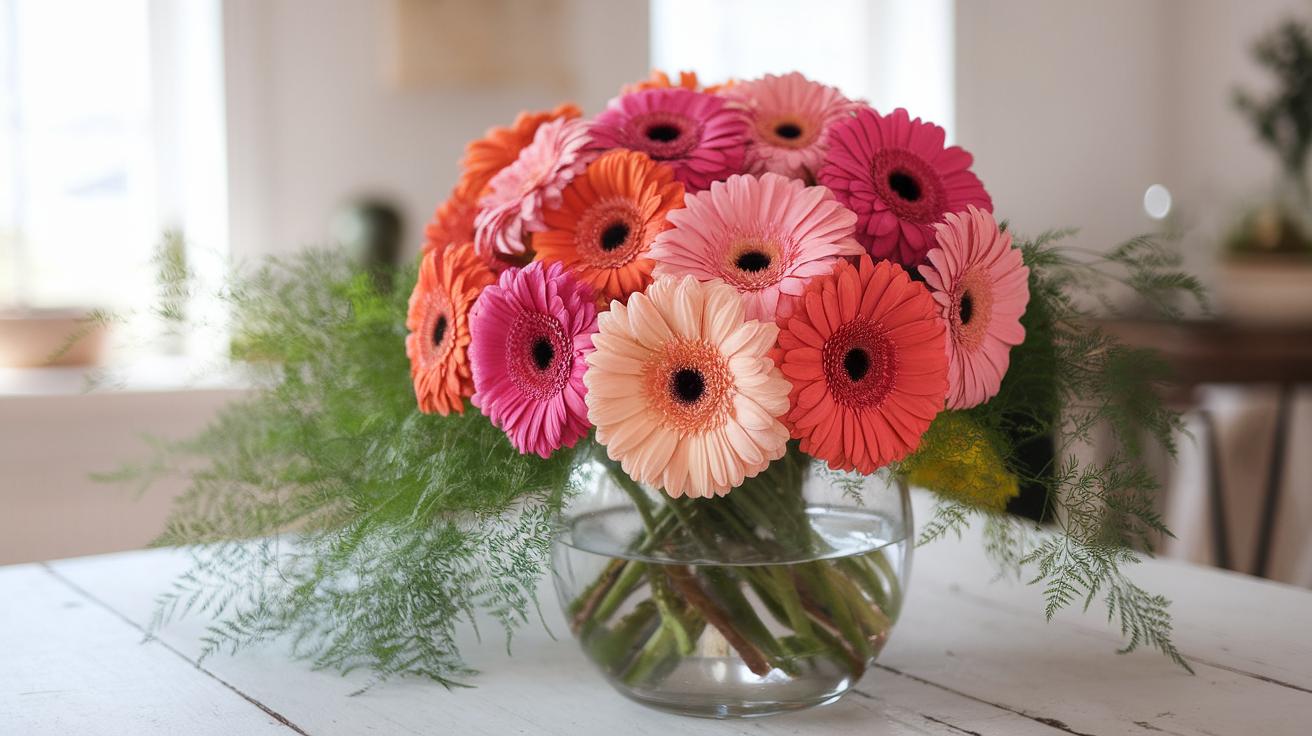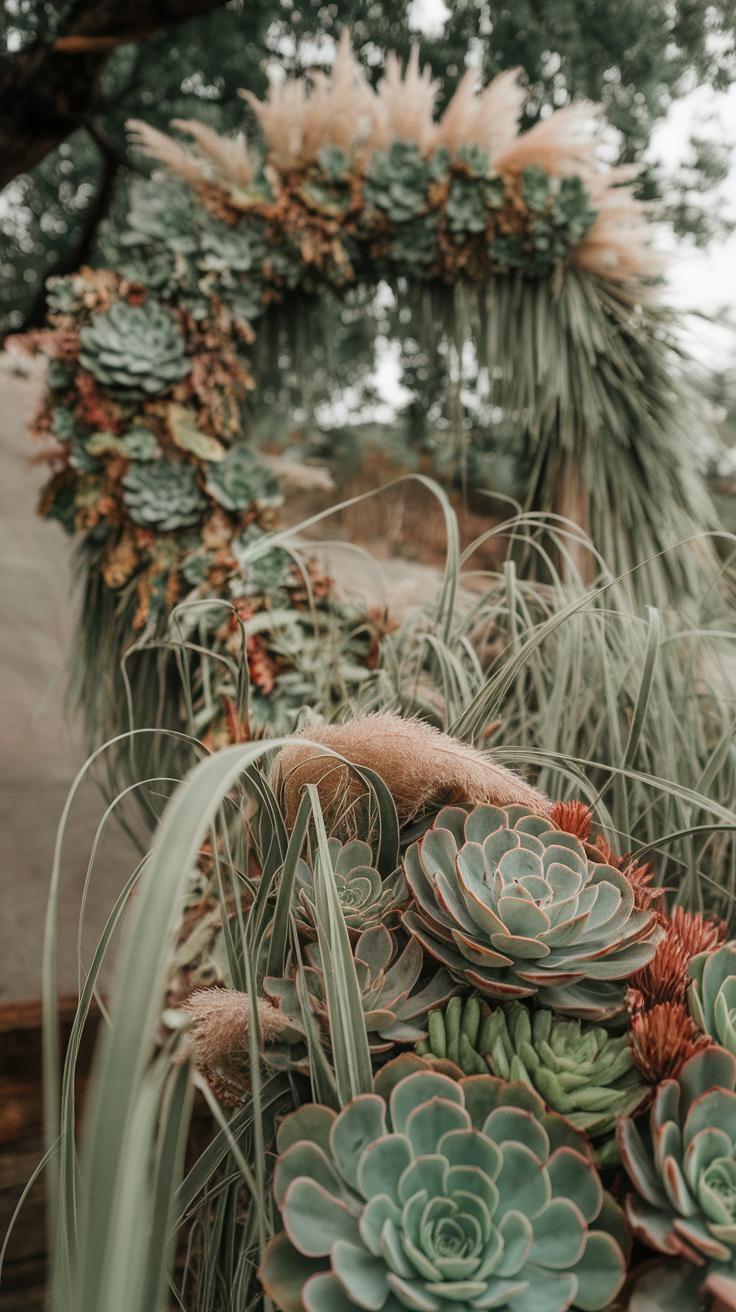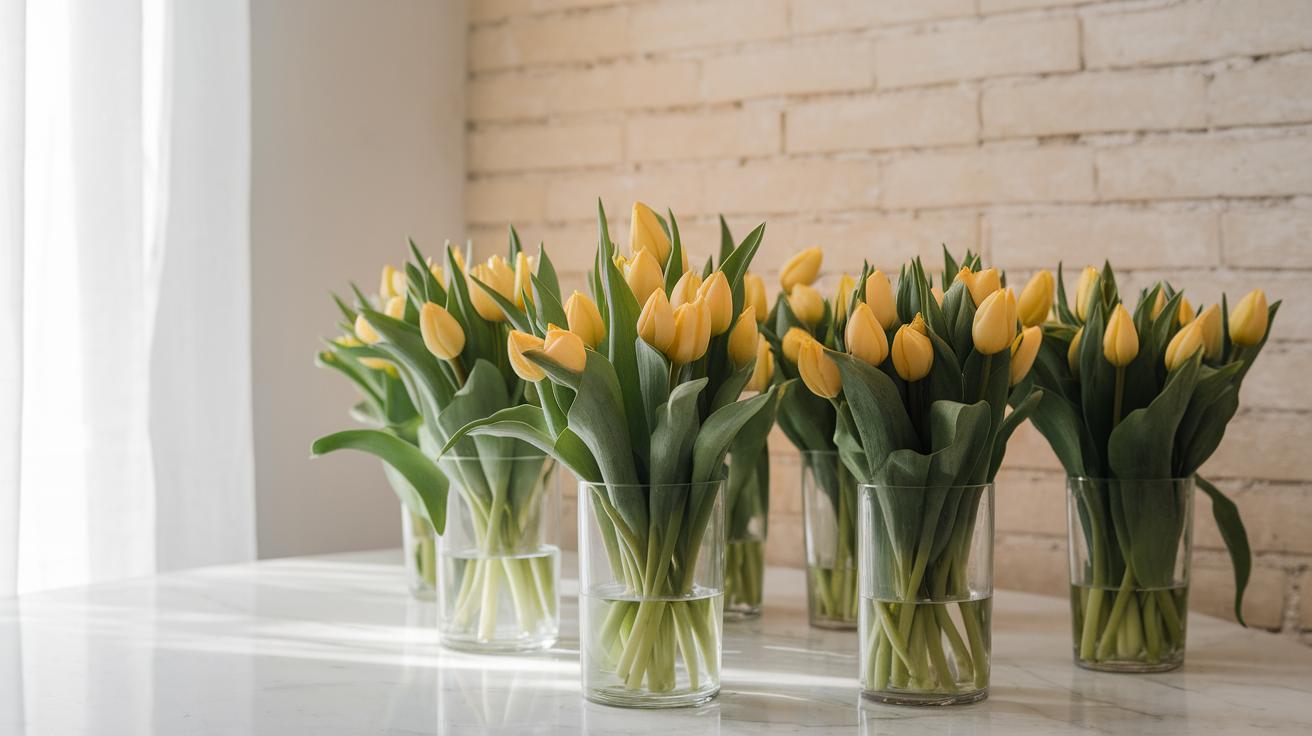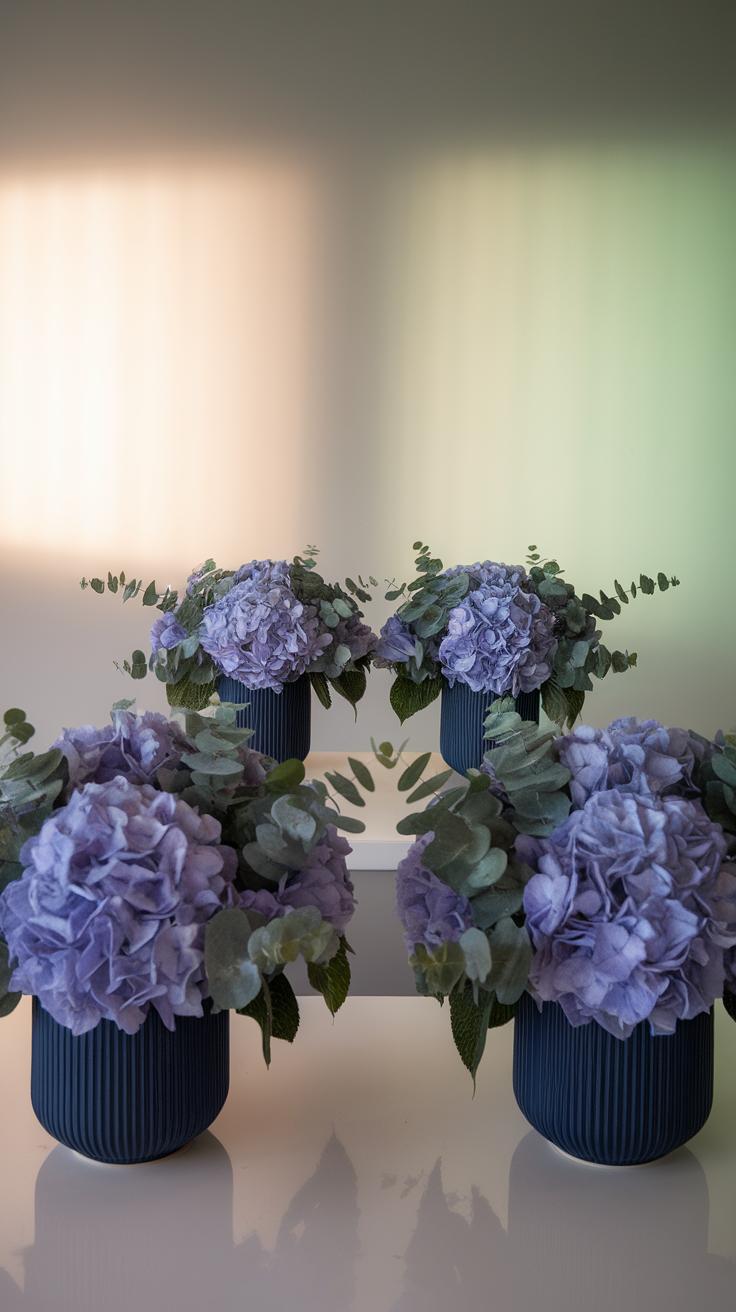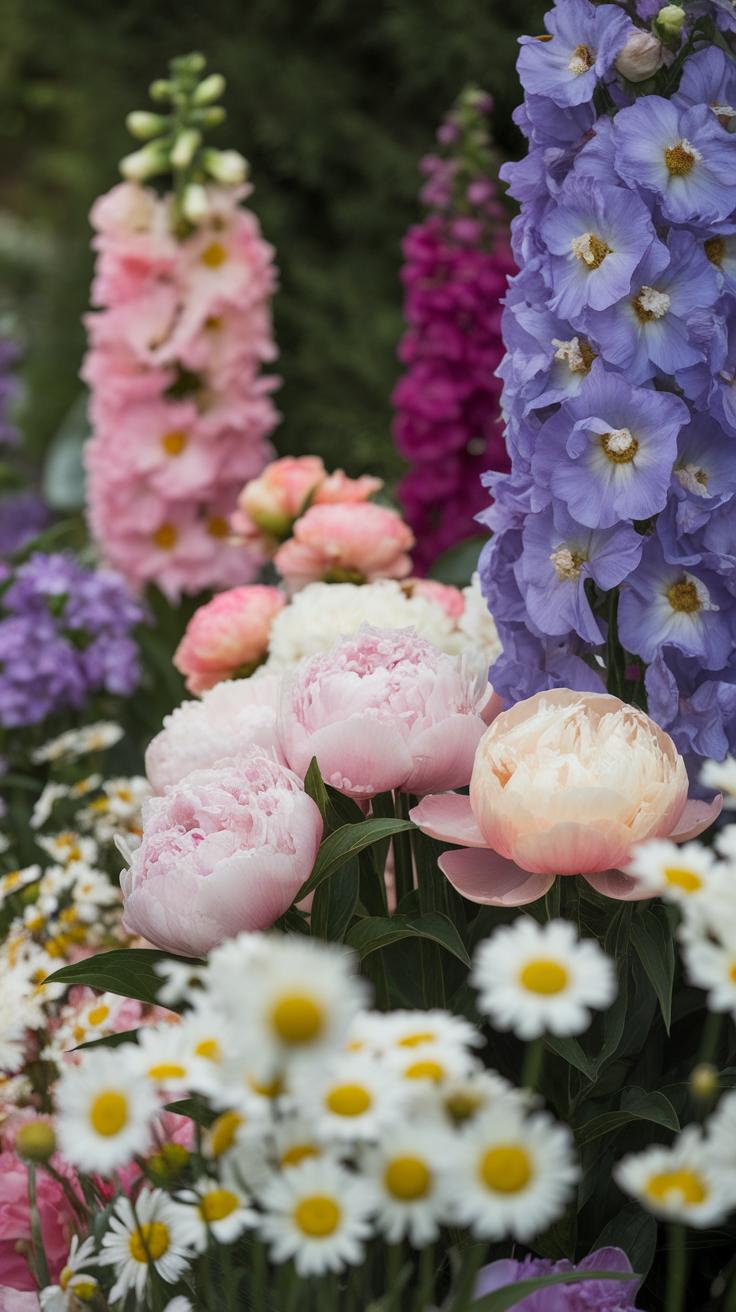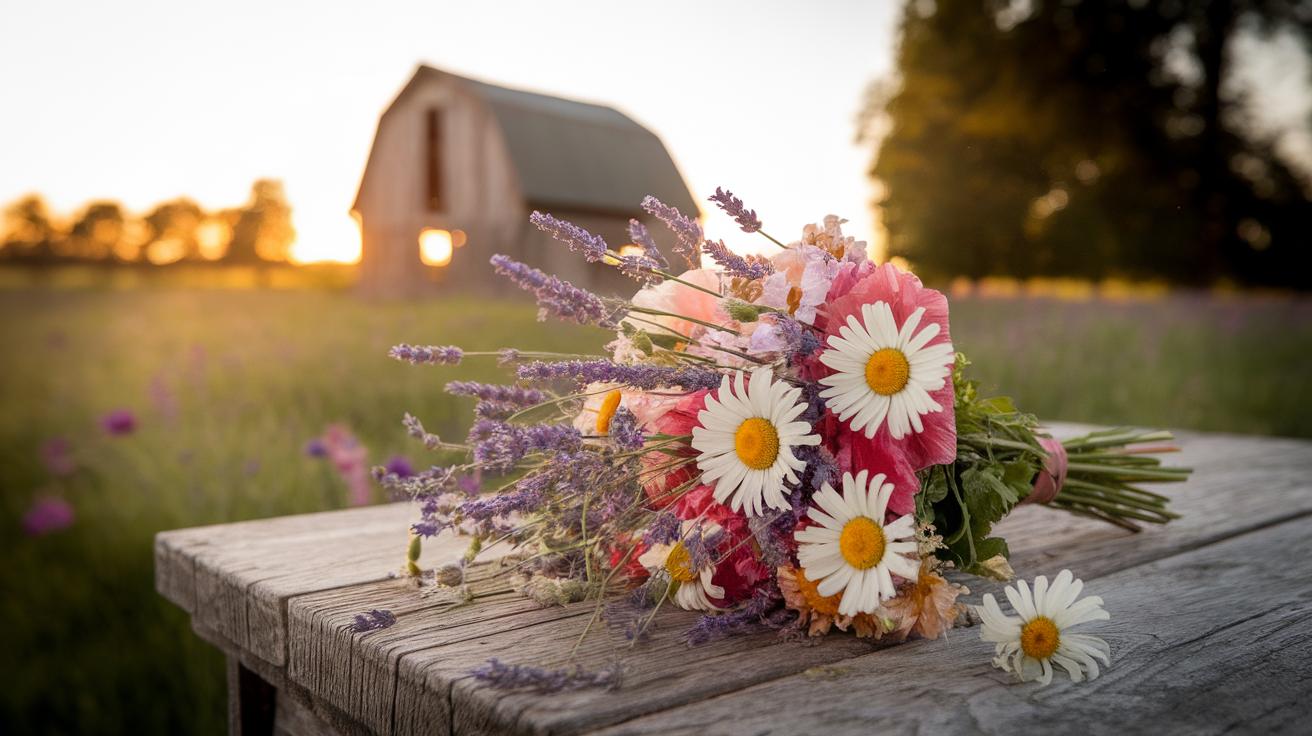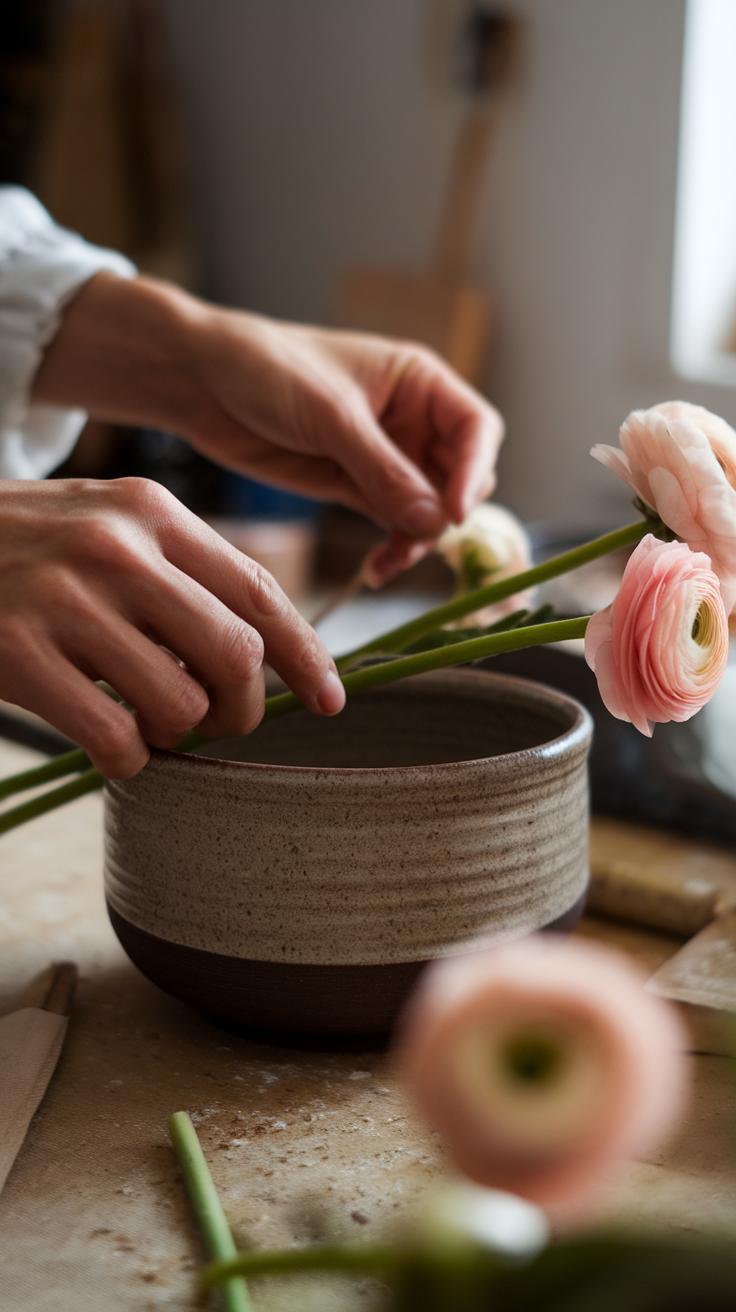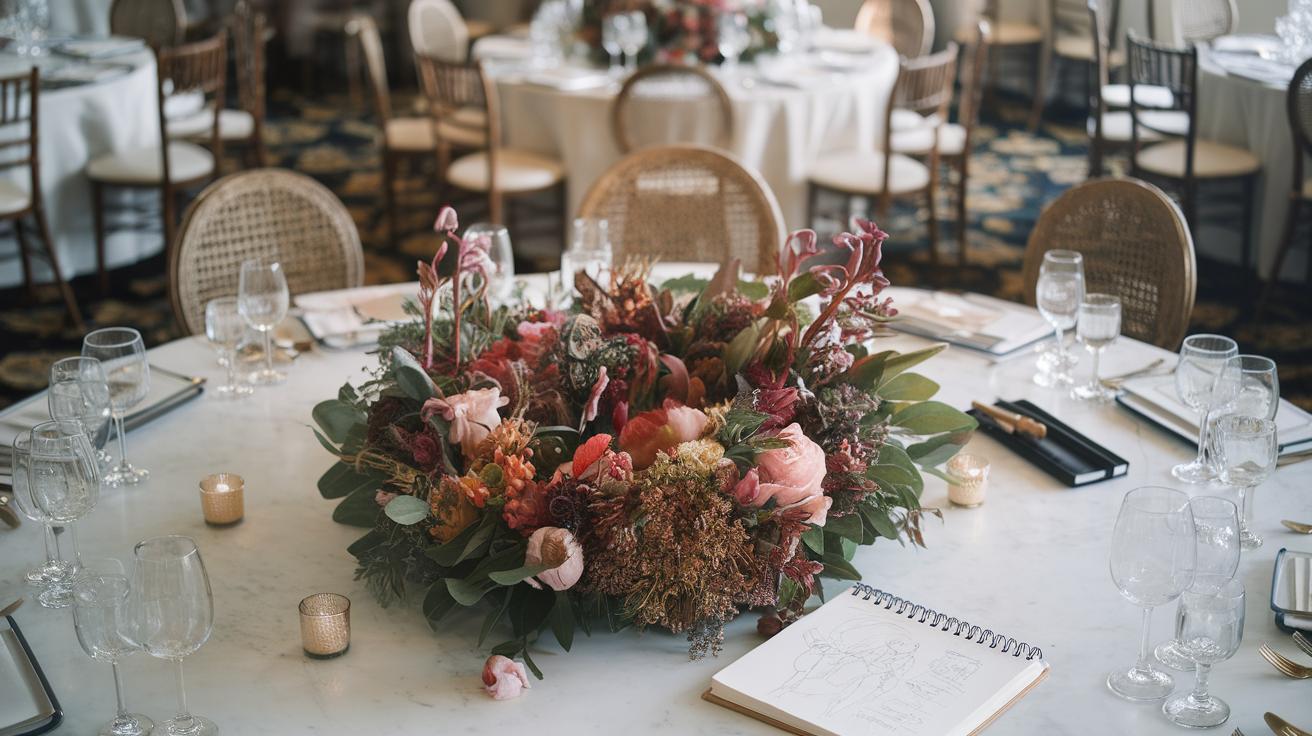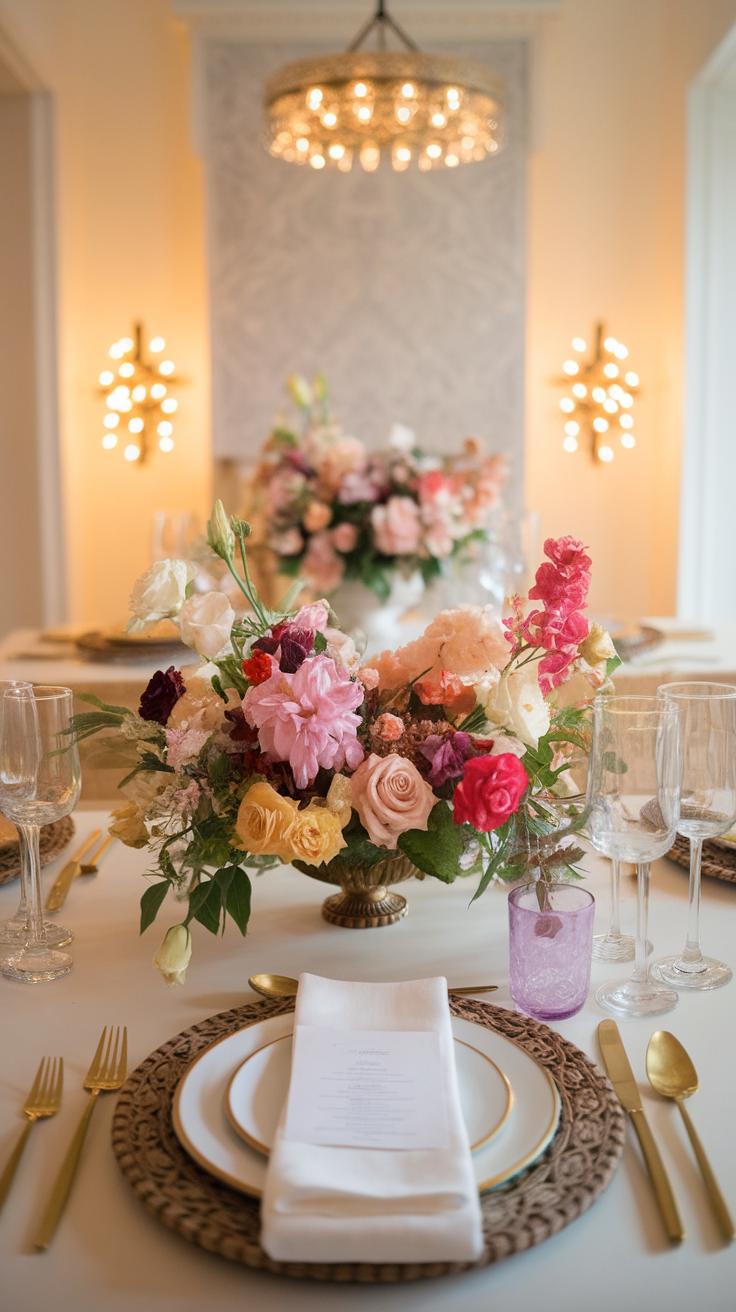Introduction
Creative flower arrangements can transform spaces and uplift spirits. They connect us to nature, filled with vibrant colors and exquisite shapes. Creating arrangements inspired by natural themes adds a personal touch to flowers, showcasing your artistic flair. You can draw from your surroundings, using colors, shapes, and patterns found in nature to enhance your designs. By using elements like leaves, stones, and even feathers, you can echo the beauty of the outdoors in your arrangements.
This article explores various techniques for crafting creative flower arrangements inspired by nature. You will discover how to observe nature’s patterns, select flowers that reflect these themes, and combine these attributes into your designs. Whether you are a novice or experienced florist, you can find practical tips and meaningful ideas right here. Let your floral creations tell a story that echoes the beauty of the natural world.
Understanding Floral Design Basics
Fundamentals of Floral Design
Floral design involves using various elements to create beautiful arrangements. Understanding balance is key. Balance can be symmetrical, where both sides of an arrangement mirror each other, or asymmetrical, which creates interest through varied placements. Visual weight plays a role here. How do you feel when you look at an arrangement? Does it feel stable or chaotic?
Importance of Proportion and Scale
Proportion and scale affect how an arrangement connects with its environment. Proper proportions ensure that flowers complement each other; for example, mix large blooms with smaller ones to avoid overwhelming the viewer. Scale relates to the size of the arrangement in relation to the space it occupies. A large centerpiece can enhance a dining table, while a small bouquet suits a bedside. Are your arrangements fitting for the space they occupy?
Nature as Inspiration
Nature offers endless inspiration for flower arrangements. Observing your surroundings can spark creativity and guide your choices. Look closely at landscapes, gardens, and even seasonal changes. Notice how colors shift with the time of day or the season. For instance, the vibrant hues of a sunset can teach you about warm color combinations in flowers.
Think about the shapes found in nature. The curves of a river, the sharp peaks of a mountain, or the delicate outline of a leaf can inform your arrangement’s structure. Consider using flowers that mimic these forms. You might choose tall, spiky flowers to represent a mountain range or flat blossoms that resemble a calm lake. How do these shapes contribute to the message or mood of your design?
Taking inspiration from nature allows you to capture its beauty in your work. Observe local flora and fauna. Visit parks or nature reserves. Keep a journal to note your findings. Each observation can help shape your future arrangements. Your unique perspective can translate into stunning floral displays.
Choosing Your Flowers
Selecting flowers that fit your nature-themed arrangement requires careful thought. Start by considering the specific theme you want to portray—wildflowers for a meadow look or tropical blooms for a beach vibe. Research flowers that flourish in those environments. For example, daisies and sunflowers evoke sunny fields, while orchids and hibiscus capture tropical essence.
Pay attention to the colors and shapes of the flowers. Bright colors often mimic the vibrancy of nature. Roses bring classic beauty, while proteas add unique texture. Think about where your arrangement will be displayed. Flowers like lavender and eucalyptus provide soothing scents, perfect for a calming atmosphere.
Are you aiming for a lush look or something minimalist? Pairing flowers with greenery can create depth. Identify what speaks to you and express it through your choices. Your flowers should reflect the natural beauty you want to share. Remember, each bloom tells a story, so choose wisely and enjoy the creative process.
Color Theory in Floral Arrangements
Color plays a vital role in floral design. It affects how you feel and perceive your arrangements. Each color can evoke specific emotions and set a mood. For example, warm colors like red and orange can create feelings of energy and excitement. In contrast, blues and greens often bring a sense of calm and peace. Understanding how colors interact allows you to create balanced arrangements that resonate with people.
Think about the themes in nature. A blooming spring garden may inspire a bright, vibrant color palette. This can convey joy and freshness. Darker autumn colors, like deep reds and browns, can reflect warmth and comfort. Have you ever thought about how the use of color impacts a celebration or a quiet moment? Choosing the right colors can deepen the emotional experience.
Experiment with contrasting colors to make your arrangements pop. Pairing complementary colors, like yellow and purple, creates visual interest. This contrast can draw attention and spark conversation. Whatever your theme, remember that the colors you choose will communicate messages without words. How do you want your flowers to make others feel?
Shapes and Forms in Nature
Reflecting Nature’s Beauty in Floral Design
Shapes and forms in nature inspire unique floral arrangements. Think about the curves of a leaf or the straight lines of tree branches. Each of these elements carries meaning. For example, the spiral of a sunflower creates an eye-catching focal point. These natural forms guide your choices when designing a bouquet.
Consider your arrangement’s overall shape. Do you want it to mimic a cascading waterfall or stand upright like a mountain? Focusing on form adds depth. You can use tall flowers, like delphiniums, alongside round blooms, like peonies, to create contrast. This combination helps to draw the eye and maintain interest.
The Importance of Form in Composition
Form plays a key role in composition. It influences how viewers perceive your arrangement. A well-structured bouquet enhances visual appeal and communicates emotions. Ask yourself, how does this shape make you feel? Are you trying for a calm vibe or a sense of excitement?
Experimenting with shapes can elevate your work. Try using geometric containers for modern designs or freeform styles for a natural look. Each choice reflects aspects of nature, giving life to your arrangements. This intentional focus on forms helps connect your designs back to the beauty around you.
Designing with Balance and Proportion
Balance and proportion play vital roles in floral arrangements. You want your design to feel stable and pleasing. Balance ensures that no part of the arrangement feels heavier than another. This can be achieved through symmetry or asymmetry. For example, a symmetrical arrangement might feature equal amounts of flowers on either side. An asymmetrical design could have a larger grouping of flowers on one side, balanced by a single but striking element, like a tall stem or a unique flower on the opposite side.
Proportion involves the size of each flower or element in relation to the others. Consider a large sunflower surrounded by smaller daisies. The sunflower commands attention but does not overwhelm. When flowers are in proportion, they create visual weight that leads to harmony. You can ask yourself, “Does this flower fit the overall size and shape of the arrangement?” Finding the right balance and proportion allows your floral designs to reflect the beauty of nature effectively.
Creating Depth and Layering
Depth and layering add richness to your floral arrangements. Using different heights and textures can create visual intrigue. Start with a strong foundational layer using larger flowers or foliage to set the stage. For example, use sunflowers or hydrangeas as the base. These elements provide stability and structure. Next, incorporate medium-sized flowers. Think of roses or lilies placed strategically among the larger blooms. This technique helps fill gaps and creates a seamless transition.
Incorporating smaller flowers, like daisies or waxflowers, will add detail and finish the arrangement. Consider how you position each flower. Grouping similar flowers together can create clusters that draw the eye. You might ask yourself, “How can I make this arrangement look more three-dimensional?” Always think about layering visually. The final touch could include accents like branches or grasses, giving your arrangement a natural touch. Proper placement makes a significant difference in the overall impact of your design.
Arranging Flowers in Containers
Selecting the right container is key for your flower arrangement. The choice of container affects the overall look and feel of your design. Consider the size and shape of the container. A tall, narrow vase can create height, while a wide bowl can promote a relaxed arrangement. Think about how the container complements your flowers. A rustic wooden box may pair well with wildflowers, while sleek glass might suit modern blooms.
Weight matters too. Heavy containers can support larger floral designs. Lighter containers are better for smaller, daintier arrangements. Have you considered using unconventional materials? A vintage teapot or a repurposed tin can add charm and uniqueness to your arrangement. Experimenting with different textures can enhance your theme and make your design feel more organic.
Ultimately, the container should not overshadow the flowers but enhance their beauty. Pay attention to colors and designs that resonate with your nature theme. Consider how you can balance elements like plants and flowers within the container. The right choice can create a cohesive look, drawing the viewer’s eye and showcasing your skill as an arranger.
Finishing Touches and Care
Taking care of your flower arrangement involves more than just putting the flowers in a container. After arranging, ensure each stem is cut at a diagonal to promote water uptake. Remove any leaves that sit below the waterline. This helps prevent bacteria growth. Use clean water to fill the container, and consider adding floral preservatives to extend the life of your arrangement. These preservatives contain nutrients that nourish the flowers.
Place your arrangement in a cool spot, away from direct sunlight and drafts. This will help avoid wilting. Regularly check the water level, adding more as necessary. You might want to change the water every couple of days to keep your design fresh. Have you noticed how even a simple arrangement looks better in a well-chosen setting? Proper care can enhance not just the beauty but also the durability of your floral designs.
Showcasing Your Arrangements
How you display your flower arrangements can change the atmosphere of any space. A well-placed arrangement draws attention and enhances your living area or event. Choose a focal point where your arrangement can shine. A dining table, a mantelpiece, or an entryway are excellent choices.
Consider the scale of your arrangement. A large, bold design stands out in a spacious room, while smaller pieces complement cozy areas. Group smaller arrangements to create visual interest. Experiment with varying heights for depth. You can arrange them in clusters or even stagger them along a surface.
Think about lighting. Natural light enhances colors, while soft lighting creates warmth. Position your arrangements where they can receive indirect sunlight. Keep in mind the type of event. Formal gatherings benefit from elegant displays, while casual get-togethers suit playful arrangements. What will your guests remember most? Your arrangements should make a lasting impression.
Conclusions
Creative flower arrangements inspired by nature themes enrich our lives with beauty and elegance. By tapping into the elements found in nature, your arrangements can reflect the changes of the seasons or mimic landscapes, bringing a delightful experience to anyone who encounters them. The techniques discussed provide a strong foundation but feel free to experiment and let your creativity flow.
As you explore the world of floral design, remember to embrace your personal style. The beauty of flower arrangements lies in their ability to convey emotions and messages. With each new creation, you enhance your skills and express your love for nature. So pick up those flowers and let your imagination bloom.

